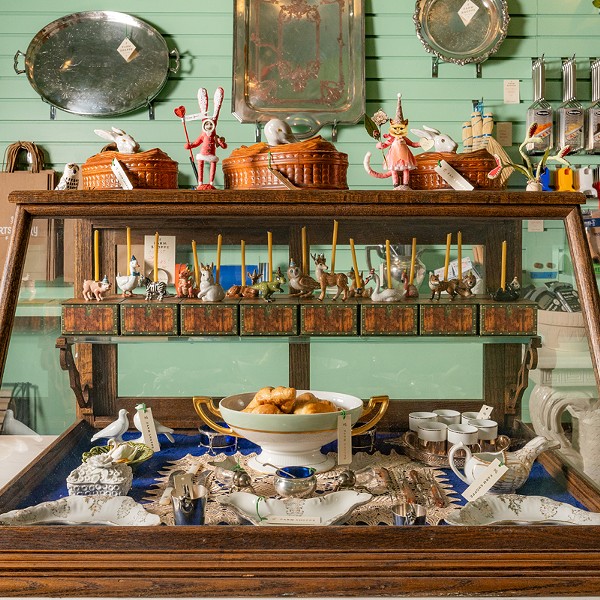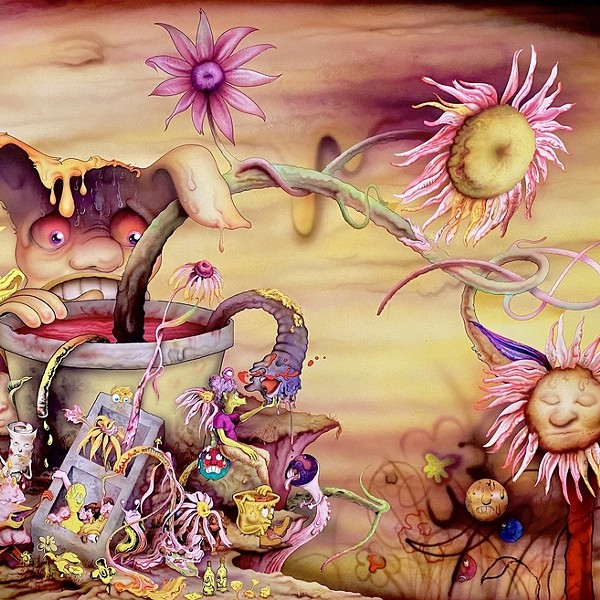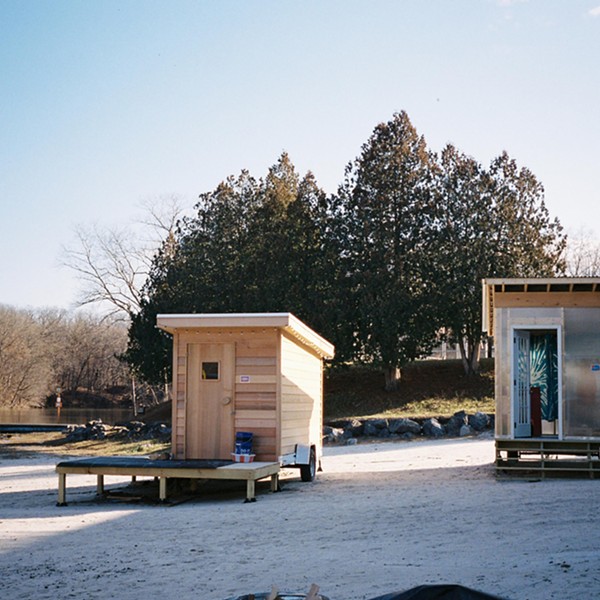I imagine Entergy is stating that they do not have the wherewithal to build a closed-cycle cooling system.
Well, that’s absurd. This company, first of all, bought the plants in 2000 and 2001, respectively. And they’re applying for a new license to extend their current operating license for another 20 years beyond their current expiration dates, which are 2013 and 2015. So, in theory, if they are successful in their pursuit of that new license, they will be operating those plants for 33 and 35 years, the two units. They are making over $2 million a day in profit—not just in revenues, but in profit from that plant. So, in a years time, they’re making approximately $730 million dollars. So let’s split the difference between Entergy’s estimate of $1.4 billion to build a closed-cycle cooling system and our estimate of roughly $300 million. Let’s say it’s three quarters of a billion dollars. Well, that means in a year’s time, with a year’s profit, they can cover that expense. And they still have another 32 and 34 years total, to keep those profits.
This company and the other owners of Indian Point have basically gotten a free ride for over 30 years. The Clean Water Act was passed in '72, and they were supposed to start upgrading their technology back then. If they were smart, they would have stashed away some portion of their profits, so that when the day came when they had to build these systems they’d have the money to do it. They know exactly what they’re doing, and they’ve been avoiding the clear requirements of the law for a very long time. They’ve got to pay up.
What are the most pressing issues facing the Hudson in the next 10 years?
Well, I think sewage is definitely one of the most pressing. We’ve made so many gains over the last couple of decades in terms of improving the water quality of the Hudson. The Hudson used to be an open sewer. We’ve made enormous progress, but now I think that that progress is starting to slip. And one of the primary reasons is that our sewage infrastructure up and down the river (and frankly, across the country) is starting to fail. It’s old, it’s out of date, it’s in poor repair. There’s just been a huge drop-off in federal funding, which traditionally provided the states and the localities the money they need to maintain and upgrade these plants.
The federal government used to contribute approximately 78 percent of a given state’s total spending on sewage infrastructure upgrades and maintenance. That percentage has dropped from 78 to 3 percent, so essentially they’ve almost zeroed out their support for upgrading sewage. And these systems are extremely expensive, and any municipality relying on property taxes can’t possibly afford to spend a billion or a billion and a half dollars on a new sewage treatment plant or an upgraded sewage treatment plant. We’ve got a real problem, and it’s not dissimilar from the country’s general infrastructure—railroads, bridges, tunnels, and everything else—but what’s going to be affected is the Hudson itself, because sewage plants discharge their effluent into the Hudson River.
We’ve also got to deal with this issue of the massive fish slaughter that’s been happening on the Hudson for many, many years with these power plants. These four plants [Indian Point, Danskammer, Roseton, and Bowline] withdraw something like four-and-a-half or five billion gallons of water each day from the Hudson and in the process they kill enormous numbers of fish. We’ve been looking at the trends data over the last 20 years and our scientists determined that 10 of 13 of the Hudson’s signature species are in various states of decline. Some are very close to extirpation; one or two seem to have disappeared from the Hudson altogether. Now, there are many variables and many factors that are probably contributing to the declines in fish, but one of the major ones is definitely power plant fish kills.
Are you hopeful about the future of the Hudson River?
Generally speaking, yes. One thing that’s very helpful is that we have a much more engaged constituency. Part of the benefit of having cleaned up the river over the last 40 years is that it’s much cleaner, and therefore people are using it much more. Not only are people visiting the river in record numbers, probably hundreds of thousands, if not millions, each year visit the river one way or another, whether it’s walking along it, or bird watching, or hiking, canoeing, boating, picnicking, swimming—whatever it is. And that’s great, because the more people are using it, the more constituents we have to protect it. That’s a trend that should help us as we deal with these more seemingly intractable issues.

















